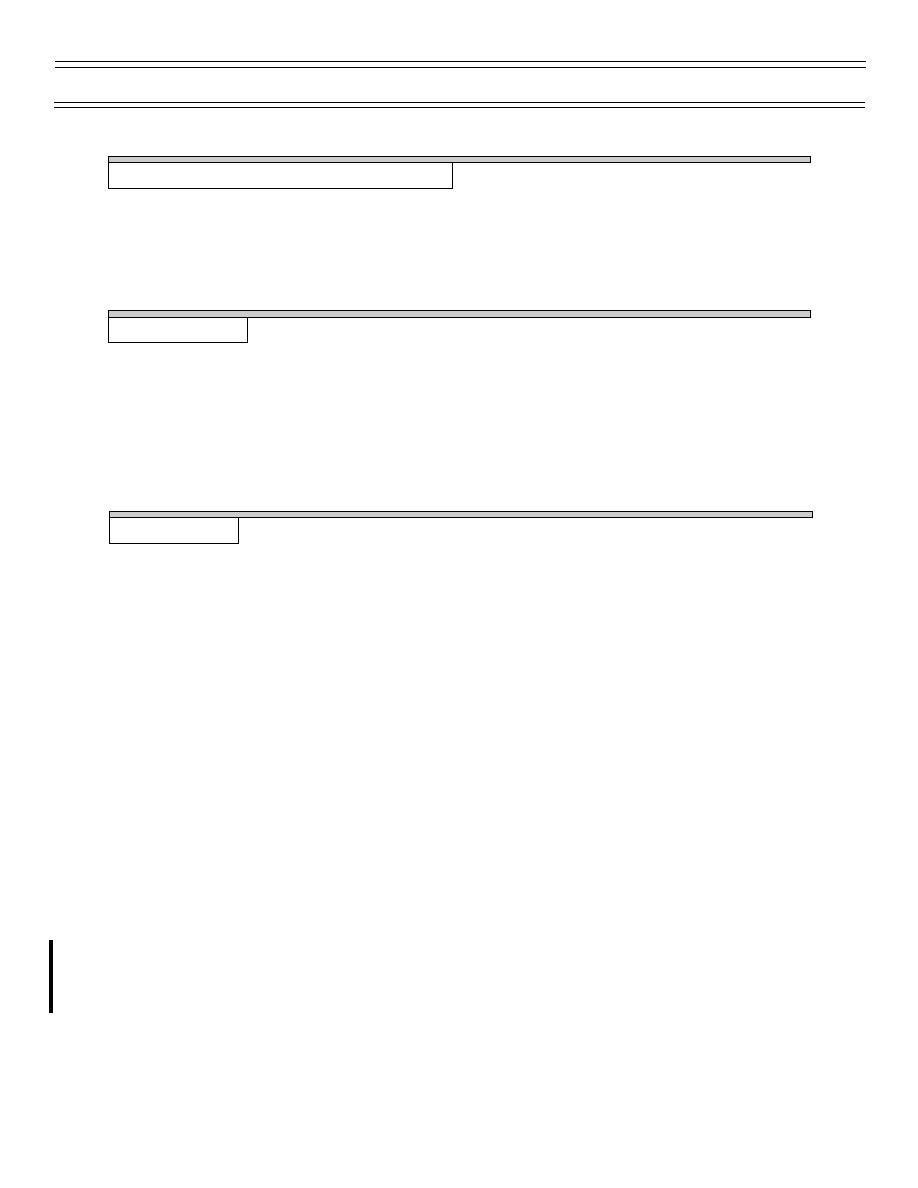
T-45A UJPT & E2-C2 INav-01
Review of FLIP and Publications
HOW TO USE A LESSON GUIDE/LAB
This is a Lesson Guide/Lab that you will complete in group session with an instructor. FLIP publications,
charts, and AIM will be available.
MOTIVATION
To successfully complete a mission flight and comply with all the FAA and military procedures and
regulations, you, as an instrument pilot, must have necessary information available for the planning,
departure, enroute, and terminal phases of our flight. The Department of Defense has developed a
system of disseminating this information to you in an updated and organized form. This system is
designated as the Department of Defense (DOD) flight information publications (FLIP) program.
OVERVIEW
Separate FLIP program packages are produced for each of four world geographic areas in common with
the area of coverage chart on the back cover of all sections of the FLIP Planning publications. Format and
content are standardized in each package to the maximum extent practicable, with due consideration
given to unique area requirements. The discussions contained in this unit are related directly to United
States coverage, which is contained within package number one - “North & South America.”
DOD FLIPs are published with effective dates which coincide with a schedule established by the
internationally accepted Aeronautical Information Regulation and Control 00 (AIRAC) system. Under this
arrangement, which is associated with the Notices to Airmen (NOTAM) system, changes announced in
advance are effected on a 28-day basis. Note that in the following individual product descriptions of DOD
FLIPs, the common AIRAC 4-week cycle (or increments thereof) is followed.
The FLIP program was designed using the concept that there are basically three separate phases of flight
- planning, enroute operations, and terminal operations. No one document contains all the information
which may be required for a flight. The FLIP Planning, supplements, Flight Information Handbook, enroute
and arrival charts, instrument approach procedures, and NOTAM files must be consulted prior to flight. In
planning for international flights, reference should also be made to the USAF Foreign Clearance Guide.
(6-99) Original
Page 1-4



 Previous Page
Previous Page
